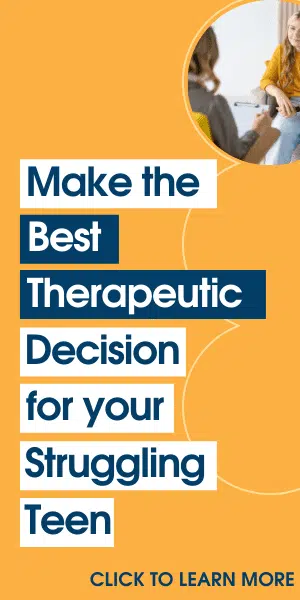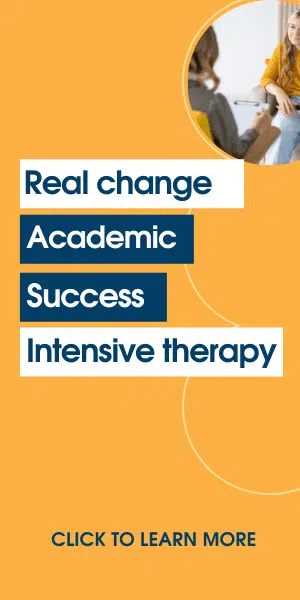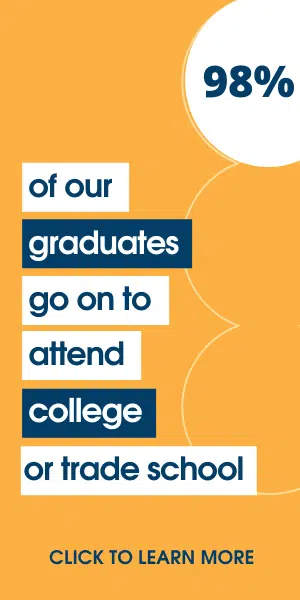Dealing and Working With At-Risk Youth
An at-risk youth is a person with problems. They are probably from a one-parent family, they may have dabbled in drugs and petty crime and they may struggle with their grades in school.
A mentor is an adult who takes the time to meet with the at-risk youth, to listen and to give advice. The mentor is not the parent but is hopefully a good role model for the young person.
Studies show that at-risk youth who have a mentor do well. And if that relationship is solid and lasts for a year or more are much better as a result. The studies show that an at-risk youth is less likely to
- skip classes or whole days at school
- to start taking drugs and
- to start drinking alcohol
The value of a good mentor cannot be overstated. They are brilliant at helping young people avoid the pitfalls of life and in guiding them towards better school grades and towards a rosy future.
But there are problems in mentoring at-risk youth. The first is cost. Governments look at the cost of crime, at the rising insurance claims, the costs of putting criminals in jail and the damage to society and the way people no longer trust one another.
Then governments look at the potential criminals in at-risk youth and know that they need to stop these at-risk young people from falling into a life of crime. Mentoring is one way to help these troubled teens. But help is not cheap.
A well run mentoring program incurs all sorts of costs in administration and then in recruiting and training mentors. All this costs money. In fact one study says that it costs approximately $1000 a year for one adult to mentor one at-risk youth. When you multiply that figure by the thousands or rather millions of young people who need a mentor, the cost factor is serious.
Training mentors is another important issue. Many at-risk youth are in serious trouble. They feel isolated, helpless, that they have little or no future. Many are even suicidal. Not every adult can be a help to such a young person. Training is required and that takes time and money.
Then there are ‘quality’ mentoring programs and other forms of the activity. Quality mentoring occurs when the at-risk youth and their mentor meets for several hours three or four times a month. This is a serious time commitment. Having a brief chat once a month is of minimal impact and with an at-risk youth, we can’t afford to pay lip service to their care. This means more time to arrange the meetings, more training and effort on behalf of all concerned.
If governments are serious about helping at-risk youth and of preventing them becoming victims or perpetrators of crime, then support for a well-funded and soundly-based mentoring program is essential. Far more mentors are needed and far more concrete support must be provided to support everyone.














